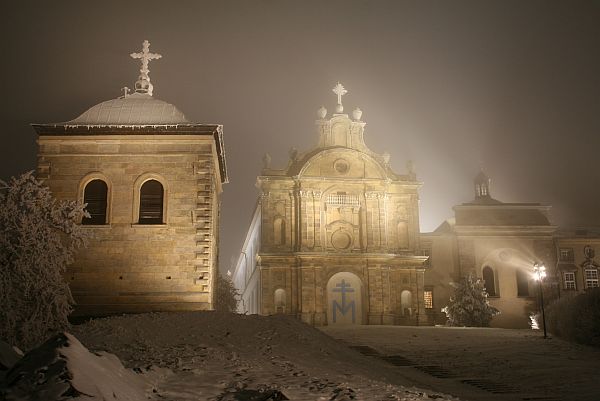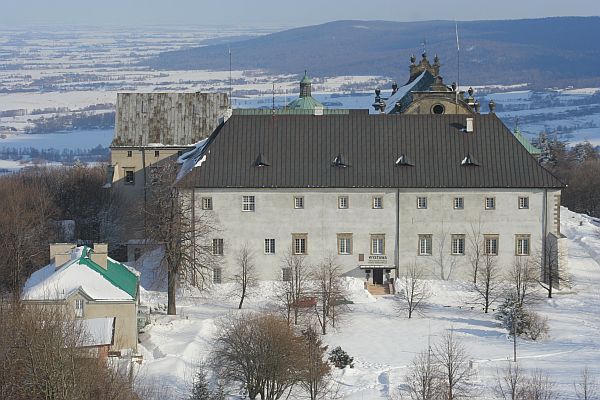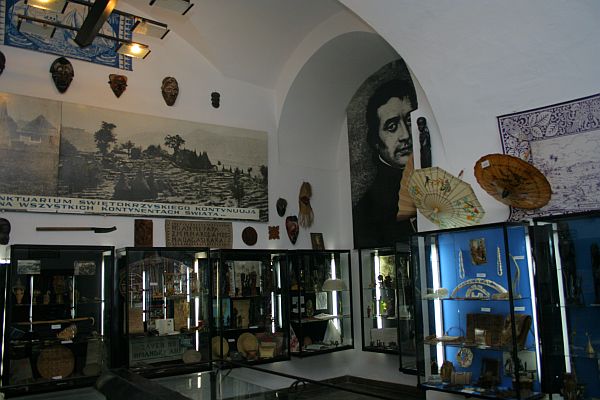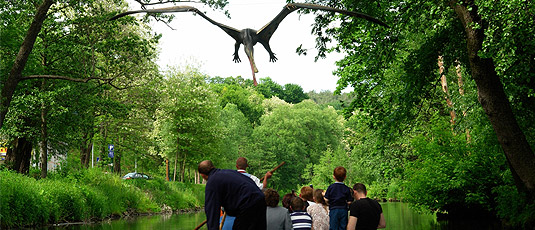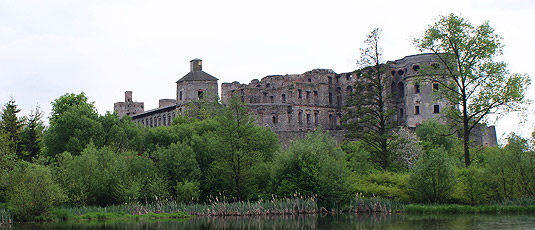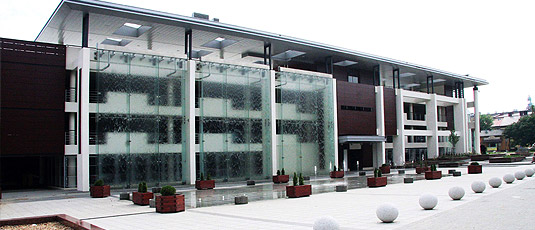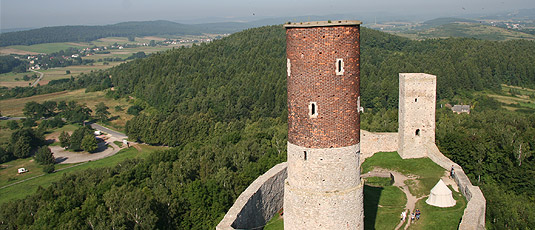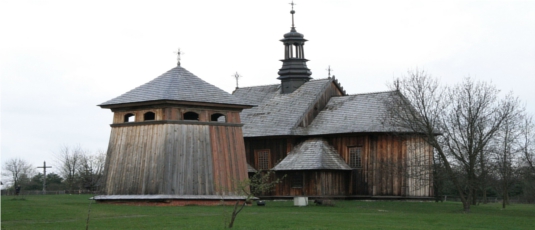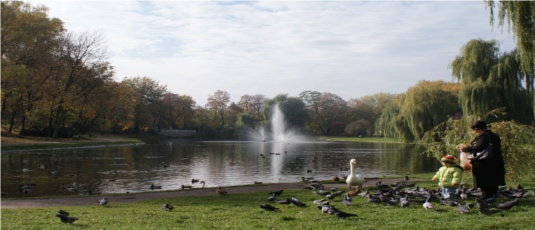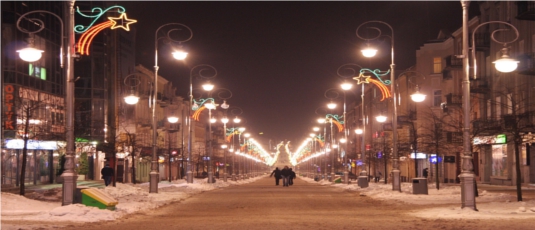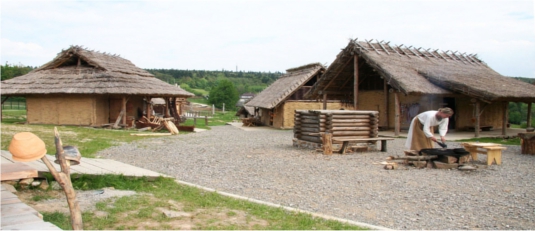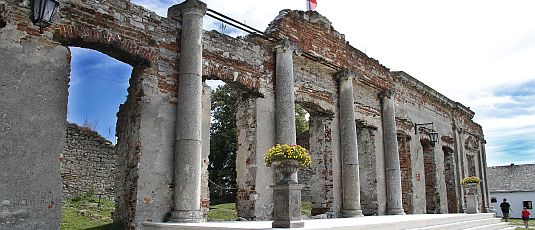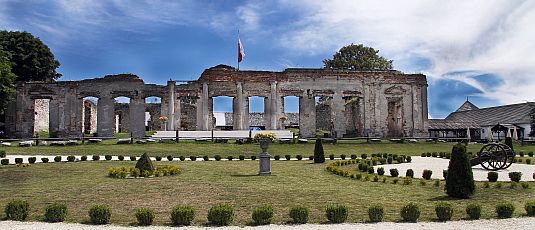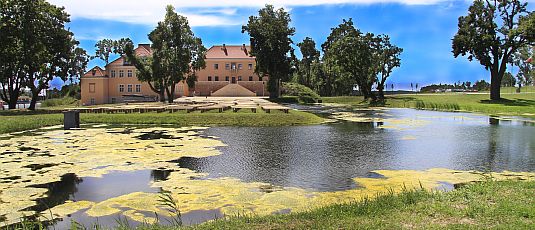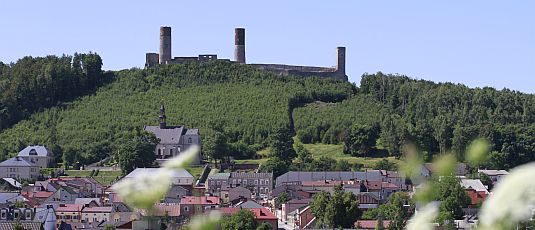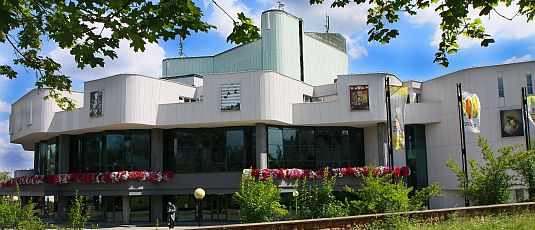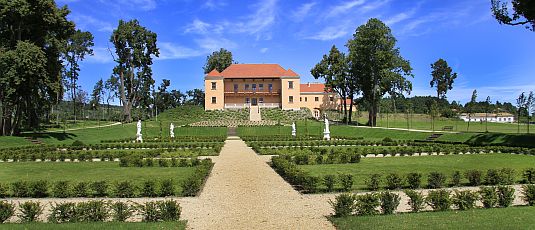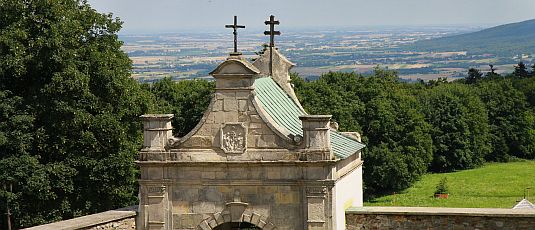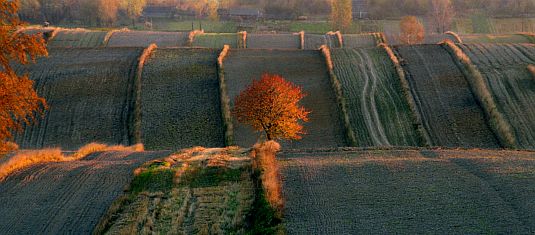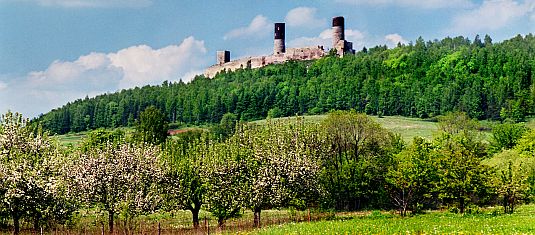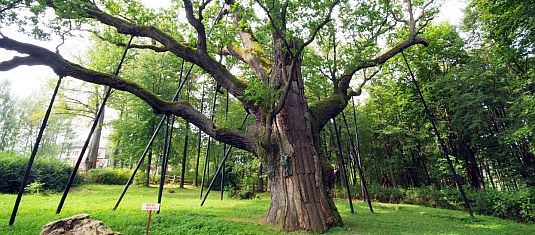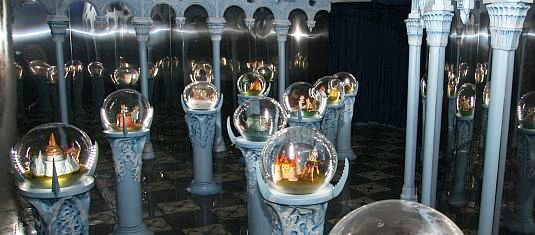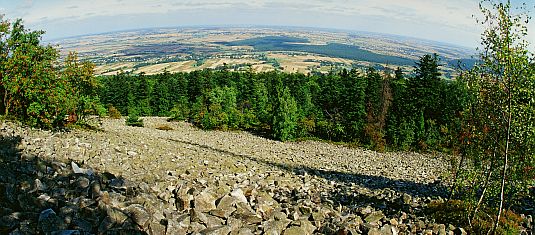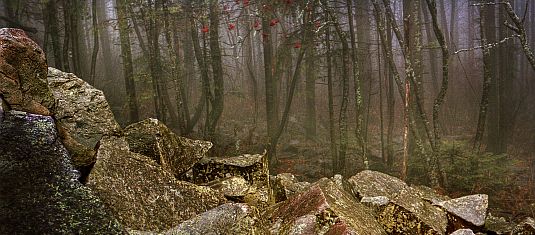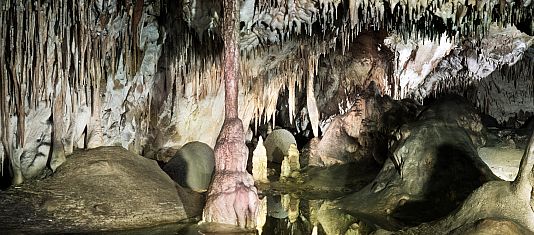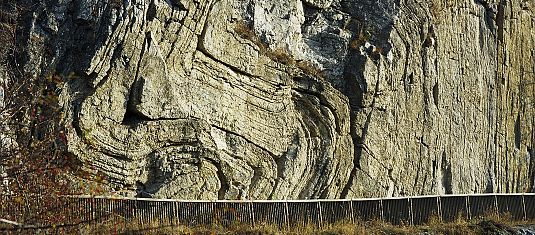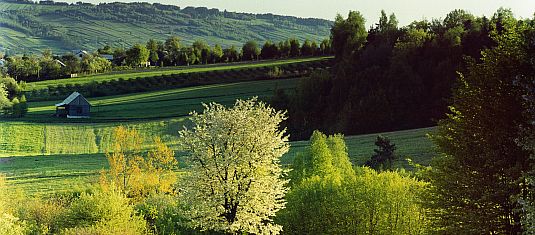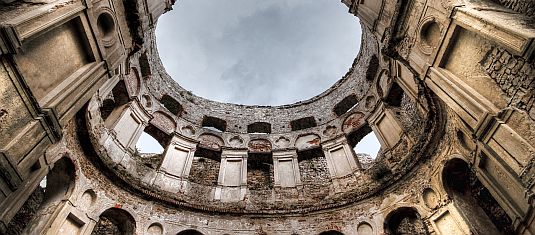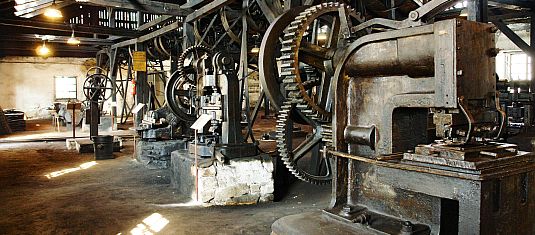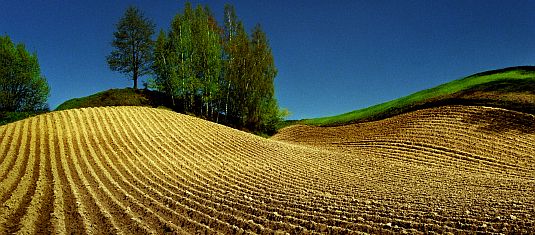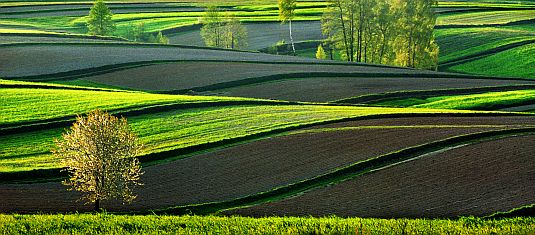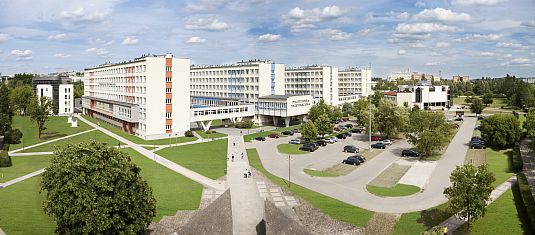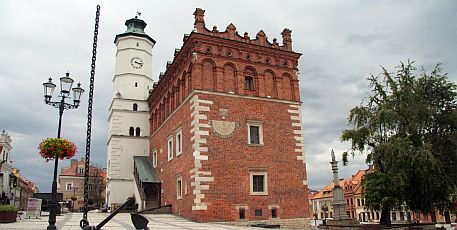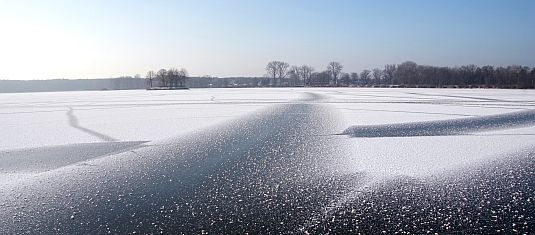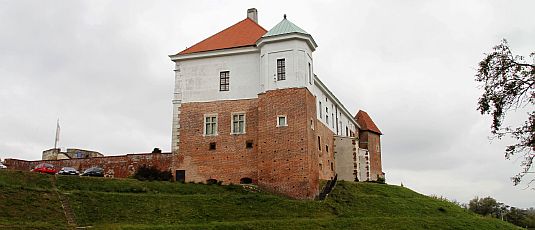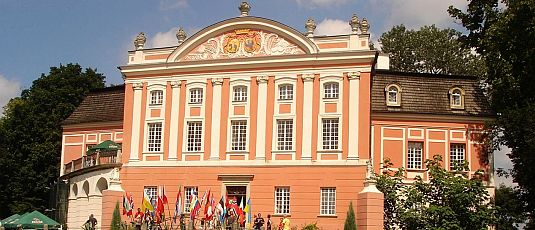For ages, especially between the 12th and 17th C., the sanctuary on the Łysiec Mountain has been the most significant centre of the Holy Cross relic cult. Although, after the famous Battle of Częstochowa (during the Swedish Deluge), Jasna Góra became the main pilgrimage destination, Święty Krzyż (the Holy Cross) in the Świętokrzyskie Mountains has remained a legendary place.
The magical mountain
It was probably as far as the I C., when Łysiec has already been an object of cult. Our ancestors must have considered it exceptional as they surrounded the mountain with a stone wall. The legends, connected with the site, mention the worship of pagan deities which used to take place in here. After the Baptism of Poland in 966, a stone Christian temple was built at the top of the hill, but, at the same time, it was also a sign of respect for the primeval custom of gathering in here. The exact date of the Benedictine monastery’s foundation is disputable – traditionally, it is ascribed to king Bolesław Chrobry, yet the historians claim that it was actually the contribution of king Bolesław Krzywousty (Bolesław III the Wrymouth). Similar controversies concern the relic of the Holy Cross Wood. According to one of legends, St. Emeric, the son of king Stephen I of Hungary, offered it as a thanksgiving votive for finding way while hunting in the woods.
For a long time the monastic complex had been used as a prison
The dramatic history of the monastery
Despite several fires and invasions, the abbey has greatly flourished and expanded during few centuries of the monks presence. In the past, the friars had their own hospital, asylum and a pharmacy, where they produced their own remedies. Yet, their greatest contribution was for the culture, as they founded and developed a renowned library and helped to preserve many relics of Polish literature, among which there were the famous “Kazania Świętokrzyskie”(“The Świętokrzyskie Cermons”). In 1819, the tsar’s authorities liquidated the Benedictine abbey and the three friars who stayed to take care of the sacred relics could not prevent the gradual deterioration of the place. This situation lasted until 1849, when the object was turned into a prison for the clergy and, later, a fierce general penitentiary. It was evacuated when WWII started. During the war years, the Germans kept there their Soviet Army captives in here, 6 thousand of them did not survive it and they were buried on the Bielnik glade, on the northern slope of the hill. All the monks imprisoned by the Gestapo were sent to the Auschwitz concentration camp where they soon died. Later, after WWII, a part of the former monastery has been devoted to the Missionary Oblates of Mary Immaculate who still reside here.
The perpetual pilgrimage movement
Every year, the Oblates, as the Holy Cross Sanctuary keepers, give shelter to crowds of pilgrims, visitors and tourists, who want to see Święty Krzyż (the Holy Cross). It has been established that the tradition of walking pilgrimages was started by king Władysław Jagiełło, thus, today the track is known as “royal”. In the church on the Łysiec mountain the visitors can see a valuable painting of Franciszek Smuglewicz, monastery porches, a sacristy, the Oleśnicki family’s chapel and the Missionary Museum of the Mary Immaculate Missionary Oblates. The church fair in the honour of the Holy Cross Exaltation take place on the 14th of September.
The Święty Krzyż (the Holy Cross) on Łysiec is a spiritual and historic place. The relics of wood from the Christ’s Cross are objects of the greatest worship for the faithful.
